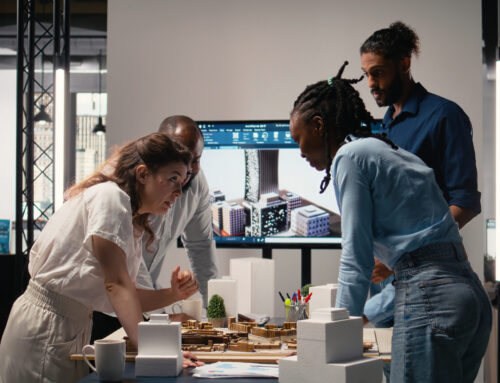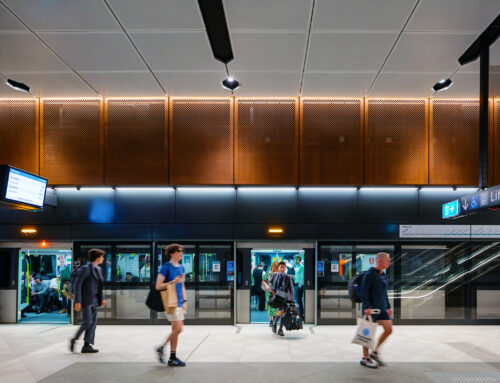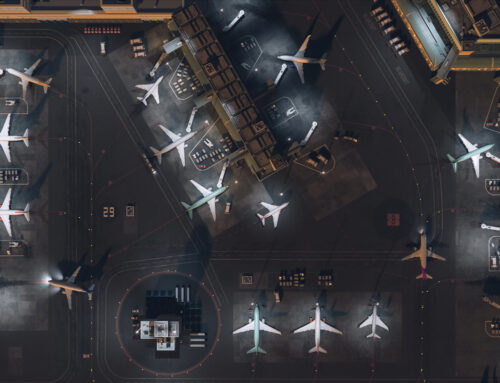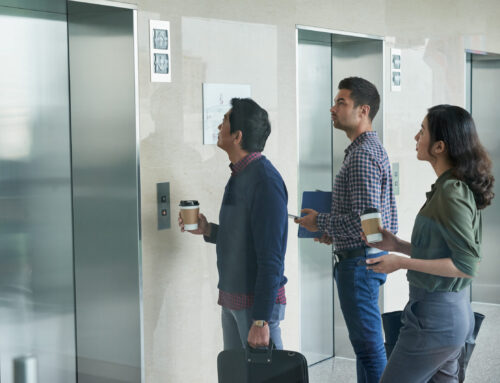Imagine for a moment that you are Deaf.
Your primary language is New Zealand Sign Language which you use for communication in your community. You engage with hearing people using oral communication, lip reading. You use video calling to connect with your friends, family and clients.
Now imagine that you’ve stayed in the office late one evening to deliver a crucial piece of work that’s due first thing tomorrow. You’re relieved to be heading home. You leave your office and walk to one of the many parking buildings in the city. You call for the lift to reach your car parked on the 6th floor, it opens and you step inside…
… The lift begins its ascent and then suddenly it stops. You’re stuck. You push the buttons on the control panel but nothing happens. There is an emergency call button, you push it. But you can’t hear when the operator answers and all they hear is silence. The operator doesn’t know which building you’re calling from – they need you to be able to tell them you need help, which building, and which lift you are in to be able to send help. The alarm bell rings outside the lift but you don’t hear this, and no one else is nearby to hear it.
You pull out your smartphone, but there is no mobile coverage inside the lift shaft. Your anxiety is building. You’re beginning to panic – you’ve never thought about what would happen if you became stuck in a lift – and it seems rarely has the lift industry.
This scenario could happen in buildings of all kinds anywhere in New Zealand. There are around 4,600 Deaf people who use New Zealand Sign Language as their preferred way of communicating, and an estimated additional 880,000 New Zealanders that have some form of hearing loss. That’s a lot of people who if trapped in a lift would have major difficulty in communicating with the lift service teams who use audio-based systems to help them.
NDY, together with Deaf Aotearoa is working to establish an industry supported Code of Practice for New Zealand which aims to help the lift industry and building owners establish standards for lifts to be fitted with modern features which improve safety for the Deaf and Hard of Hearing communities. The Code of Practice also aims to develop guidelines and standards on what lift emergency call centres and building owners should do to ensure everyone can be helped equally in an emergency.
NDY and Deaf Aotearoa are seeking collaboration with industry and community to develop the code. If you are an organisation, developer, building manager or lift provider interested in taking part please submit your expression of interest to Louis Deverell via email.










